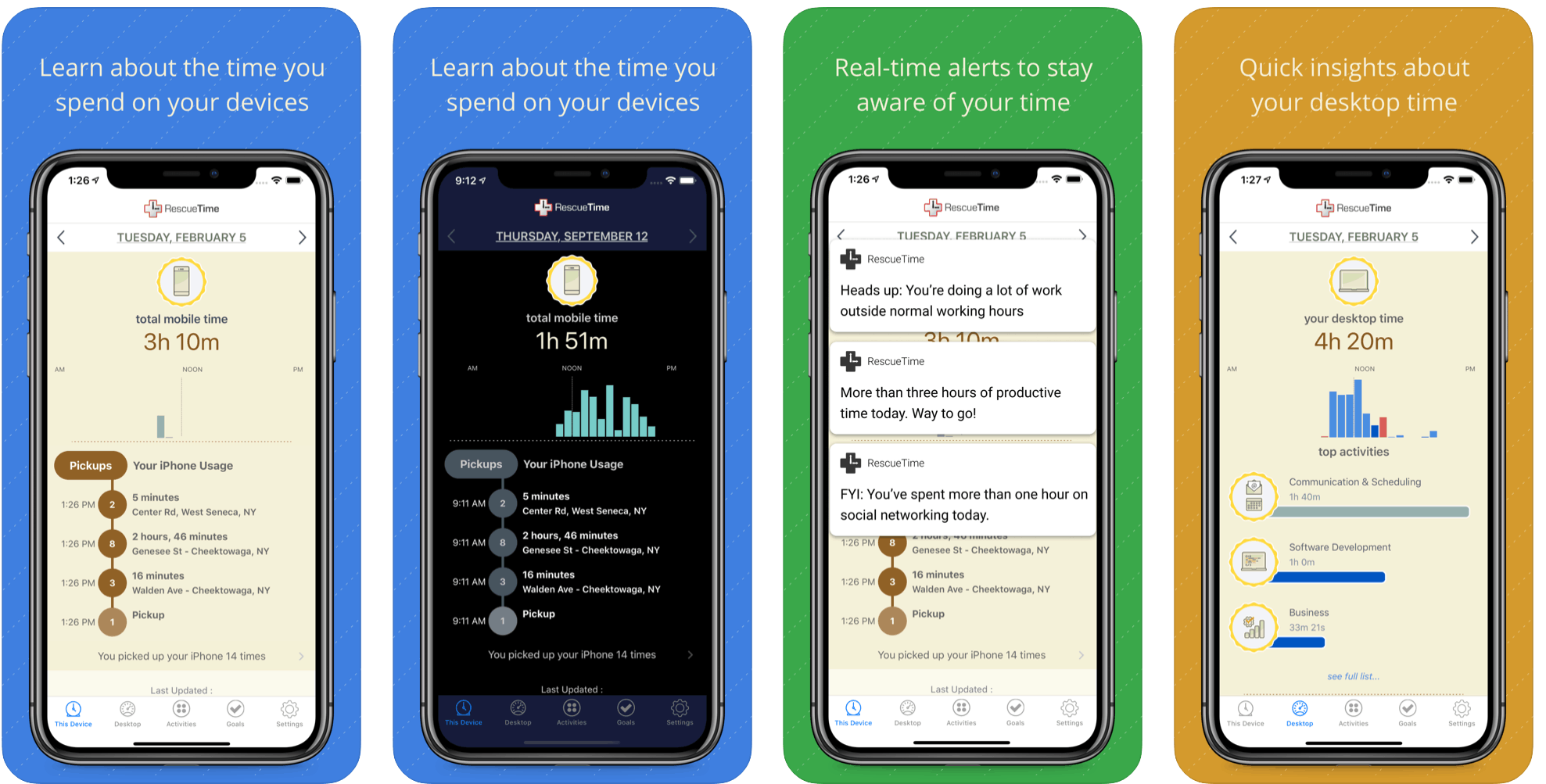- Use Self Control In A Sentence
- How To Use Self Control App
- How To Turn Off Self Control App
- How To Use Self Control App
The Tesla app allows you to manage your Tesla products from anywhere. If you already have the Tesla app for your car, use the same email address when registering your Powerwall. If you are a new Tesla owner download the Tesla app. Your Powerwall will be registered automatically during the installation process.

Monitoring Energy Consumption

Which is why there's no shame in using tools to help you build discipline. This is where distraction blocking software shines. Turn these focus apps on, and you can't open anything distracting—it won't work. Instead, you'll see a reminder that you set up software to block apps, and you'll be encouraged to get back to work. It's oddly liberating. Self-control definition is - restraint exercised over one's own impulses, emotions, or desires. How to use self-control in a sentence. Discover top 9 alternatives to Self Control (Mac) on Product Hunt. Top 9 alternatives: Just Focus, Space for Chrome, Quiet, Timewarp, Stay Focused Chrome Extension, AppBlock - Stay Focused, FocusMe, Fuji Computer - AL0, Chronos. Unfortunately, adding a Self operator isn’t compatible with Self as an enumeration value. With the addition of the operator, Power Apps automatically puts single quotes around the ‘Self’ in LaunchTarget.’Self’. Everything works fine, but it is ugly.
You can monitor your home energy system in real time using your Tesla app. From the home screen select ‘Power Flow’ to see how Powerwall is interacting with your home, the grid and your solar system (if applicable). From the ‘Power Flow’ screen, you can also select the bar chart icon to access the graph page and see more details and historical usage.
Customising Your Powerwall
SelfControl is a free and open-source application for macOS that lets you block your own access to distracting websites, your mail servers, or anything else on the Internet. Just set a period of time to block for, add sites to your blacklist, and click 'Start.'
Powerwall can be customised to meet your specific needs. By selecting different modes in the ‘Customize’ section of your Tesla app, you can change how your Powerwall is charged and discharged.
| Modes | When to Use |
|---|---|
| Self-Powered | To minimise your carbon footprint and become more energy independent. Only available when paired with solar. |
| Backup-Only | To maximise protection during an outage. |
| Time-Based Control | If your energy price varies through the day, to lower your energy bill. |
Reserve for Power Outages
It is also possible to combine modes. To do this, set a reserve percentage – this is the amount of energy your Powerwall will keep stored in case of an outage. To adjust the reserve percentage, use the ‘+’ and ‘-’ icons. Then choose a different mode for the remaining percentage. We recommend setting the reserve percentage to 20%.
For example, you can set a reserve of 20% for backup and select Self-Powered for the remaining 80%. This ensures that during an outage you have 20% of your Powerwall energy saved, while 80% of your Powerwall energy is used to power your home daily.
Selecting a reserve percentage of 100% is the same as being in Backup-Only. If 100% is selected, you will not receive Self-Powered or Time-Based Control benefits.
You can change modes as often as you like, but keep in mind that changes can take up to an hour to take effect. Learn more about each mode below. As with all Tesla products, we will continue to add new features and modes over time.
Tesla App and Internet Connection
Powerwall needs Internet connection (over wired Ethernet, your home Wi-Fi or a mobile connection) to receive software updates and to communicate with the Tesla app for energy monitoring. A reliable connection is necessary to provide new product features over time.
If connection is lost temporarily, Powerwall can continue to operate with its most recent settings, but it should not be installed in a location without Internet or mobile service. At times when your connection is down, you will not be able to monitor operation or change settings until connectivity is restored. During a power outage, Internet is often still available, meaning you can view your Powerwall status. If this is not the case, see Monitoring from Home.
Some long awaited features for Power Apps canvas formulas!
When run in a web browser, a canvas app can now replace itself with another canvas app or a web page. This has been a long running community ask and also came up when we were created the COVID-19 Hospital Emergency Response solution where multiple apps hand off to one another.
Use Self Control In A Sentence
To accomplish this, we have added a new way to use the Launch function. Currently parameters are passed as a sequence of name value string pairs:
Because this function can take an arbitrary number of arguments of any type that can coerce to a string, there weren’t a good ways to add an extra argument to specify the target tab for the launch. The association between the parameter arguments is loose and can become confusing if there is a long list.
So we have added a new way to call Launch with a record instead of argument pairs. With this form, the name and value of each parameter is far easier to associate:
And with the addition, we can add a new parameter for the LaunchTarget:

And with that, shazam, you can now replace a canvas app with another canvas app or a web page. Here’s the new functionality is shown in the COVID apps, note that browser window doesn’t change as we move between canvas apps:
Some important notes:
- LaunchTarget only works with the new record syntax. Adding it to the old format will have no effect.
- LaunchTarget does not work in embedded apps, such as apps hosted in Power BI or SharePoint, and should be avoided. We don’t have much control over how our host takes the request for a new window. We may wall this off with our introduction of error handling to prevent confusion.
You can read more about all of this in the Launch documentation.
At about the same time, but unfortunately not exactly the same time, we are introducing another fan favorite: the Self operator.
Formulas often refer to other properties of the same control. Often you’d like to link two colors together, perhaps having the HoverBorderColor always have the same value as HoverColor. If the control is Label1 then you would set the HoverBorderColor property to Label1.HoverColor.
That’s not horrible, but it could be better. Let’s say you were copying and pasting that formula and the recipient control’s name is different; you would have to manually fix it up. A relative reference would be a better way to go: HoverBorderColor property set to Self.HoverColor. Self is similar to the existing Parent operator.
Why did we call this Self instead of This? Both terms are used widely in computer languages and we debated this question at length. Two main arguments for Self emerged:
- We already have a Parent operator and some day we may want a Children operator in the future. Self fits more naturally in to this hierarchy.
- We already have ThisItem and will be shortly introducing ThisRecord. (coming soon) and ThisUser and ThisChannel are on the horizon. If we had just a plain This, it would beg the question “This what?” as the others will all have a subject. This* is about data and not controls.
Self is fairly self explanatory (no pun intended), but some more coverage is coming soon to the Operators documentation.
Now the unfortunate part. But it is only short term pain.
The changes for Launch were introduced first, before we knew were were going to add the Self keyword. As is consistent with JavaScript’s Window.Open function, we went with LaunchTarget.Self for replacing the current window.
How To Use Self Control App
Unfortunately, adding a Self operator isn’t compatible with Self as an enumeration value. With the addition of the operator, Power Apps automatically puts single quotes around the ‘Self’ in LaunchTarget.’Self’. Everything works fine, but it is ugly.
How To Turn Off Self Control App
Realizing the name conflict, we have already started the process to change the name to LaunchTarget.Replace. For good measure, we are also renaming LaunchTarget.Blank to LaunchTarget.New. Although not an operator we already have blank as an important concept and someday perhaps it too will be an operator.
Such fun with names. The short of it is that you may need to use Self, ‘Self’, or ultimately Replace as your LaunchTarget. If you check the version number (Account in the Studio’s File menu) LaunchTarget.Self is available with version 3.20043 while LaunchTarget.’Self’ and the Self operator are available with version 3.20051. There are many factors that control which version you might be using, including your region and cadence, so the easiest way to know which to use may be to type LaunchTarget and add the dot afterward to see the choices.
How To Use Self Control App
The good news is that your formulas will automatically move forward as we make these changes. We have this nifty feature in Power Apps where we keep track of the version of the language you are using in your app and can automatically upgrade your formulas.